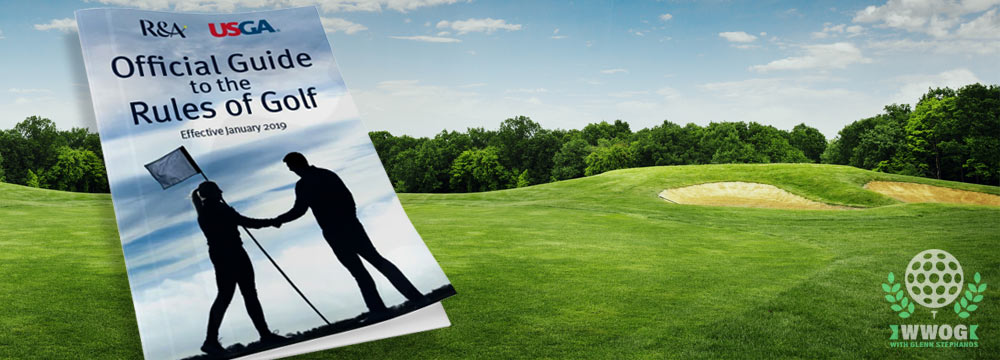Before the rules of the game were standardized, clubs typically played by their own set of rules. The earliest known set of written rules, entitled “Articles and Laws in Playing at Golf”, were created in 1744 by the Gentlemen Golfers of Leith. By the late 1800s, clubs began to revise their rules to align with organizations like the Gentlemen Golfers of Leith, and the Society of St. Andrews Golfers.
Since 1952, the official rules of the game, entitled “Rules of Golf”, have been published by the R&A (a Royal and Ancient Golf Club of St Andrews spin-off) and USGA (United States Golf Association), the governing bodies of golf. The USGA regulates the game in the United States and Mexico. The R&A governs the game and organizes tournaments across the rest of the world. Although the rules were not completely uniform until the year 2000, a revised version of the rules is published every four years.
The “Rules of Golf” are a set of standards, regulations, and procedures that guide how the game of golf should be played, including rules governing amateur status.
The guiding principle states, “Play the ball as it lies, play the course as you find it, and if you cannot do either, do what is fair. But to do what is fair, you need to know the Rules of Golf.”
The “Rules of Golf” cover every facet of play, including procedures, terminology, and equipment standards. The book also stipulates penalties that may be administered for rules violations. But players of the game also subscribe to a code of conduct known as “Etiquette”. Generally speaking, etiquette means playing with due respect for the golf course and other golfers and is seen as being just as important as the rules themselves.

